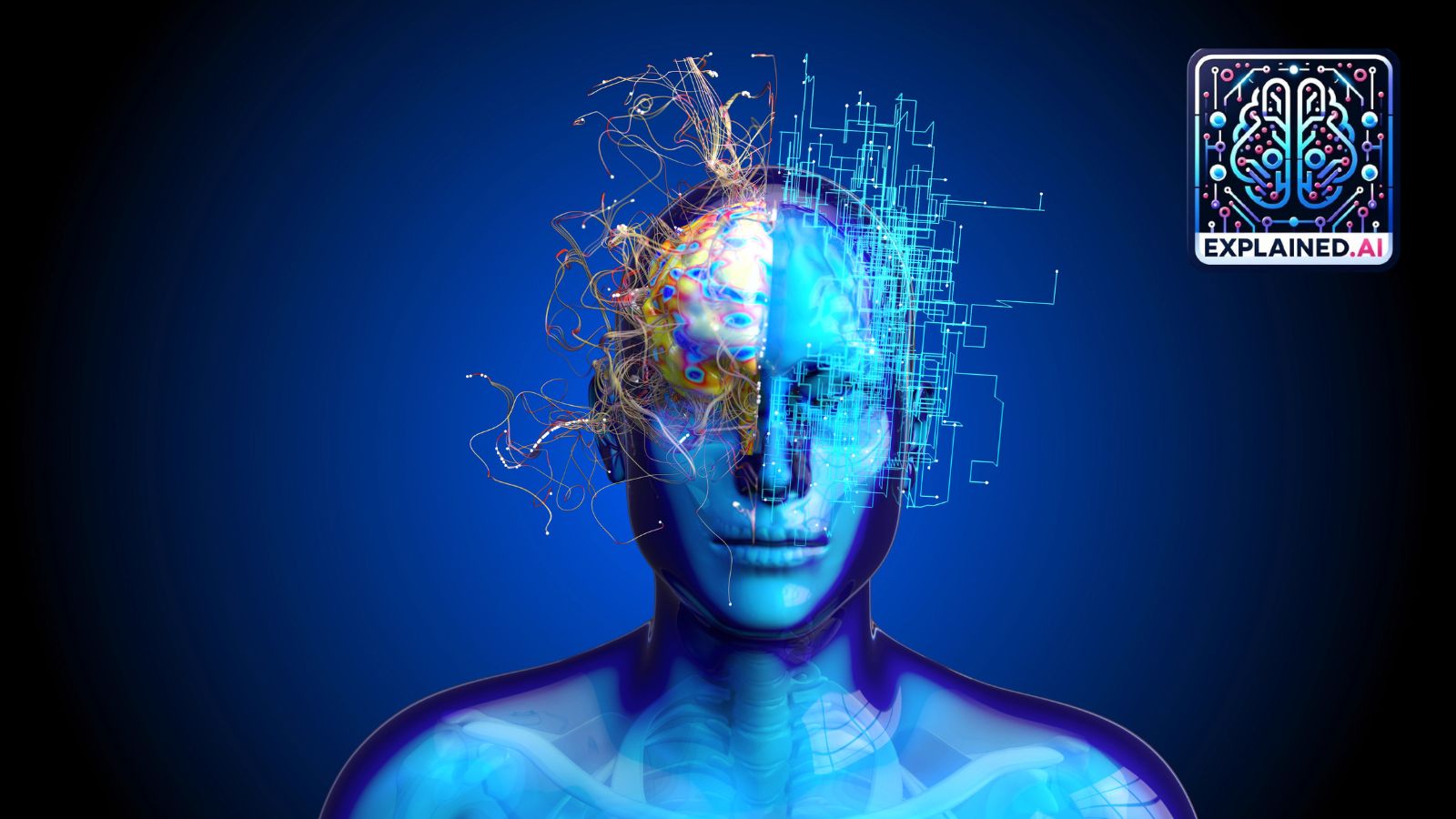Understanding AI Fundamentals: Exploring Artificial General Intelligence and Its Impact on Our Lives

Understanding Artificial General Intelligence (AGI)
Artificial Intelligence (AI) continues to evolve rapidly, prompting ongoing discussions about Artificial General Intelligence (AGI). AGI refers to AI that can perform tasks at a level comparable to human intelligence. As advancements in AI occur, tech companies frequently speculate on timelines for the achievement of AGI.
Recent Developments in AGI
A recent paper from researchers at DeepMind, Google’s AI division, suggested that powerful AI systems might be developed by 2030. However, the authors warned that these advancements could lead to significant dangers, including events that could greatly harm humanity. The paper proposed a framework designed to enhance the safety and security of these advanced systems.
Key Questions Surrounding AGI
Defining an "intelligent" machine raises several questions:
- What is intelligence?
- What capabilities should an intelligent machine possess?
- How can we create such machines?
These inquiries have intrigued scientists, philosophers, and writers for decades, leading to a long history of fascination and concern about intelligent machines.
The Historical Context of AGI
Early Insights
The exploration of machine intelligence can be traced back to 1950, when British mathematician Alan Turing posed the question, “Can machines think?” To assess this, he suggested a test: if a machine could communicate in human-like language without being detected as artificial, it could be deemed intelligent.
In 1956, John McCarthy organized a meeting at Dartmouth College to further delve into the concept of machine learning. McCarthy’s view was that every facet of intelligence could theoretically be described in such a way that a machine could simulate it, laying the groundwork for AI research.
Predictions and Expectations
In 1970, computer scientist Marvin Minsky predicted that within just a few years, machines would have the general intelligence of an average human being, capable of performing complex tasks like reading literature, engaging in conversations, and learning rapidly. However, the expected rapid progress toward AGI did not materialize as anticipated.
The term AGI gained popularity in the 1990s. Physicist Mark Gubrud was among the first to define AGI, describing it as AI systems that match or exceed human brain complexity and capability.
Defining AGI and Its Implications
Evolving Definitions
The concept of AGI has evolved, receiving various definitions over the years:
- In 2001, Shane Legg suggested that AGI should represent the ability to perform diverse human cognitive tasks.
- Murray Shanahan later defined AGI as AI that isn’t limited to specific tasks but can learn and adapt across a range of activities.
In 2015, OpenAI was founded with the mission of developing "safe and beneficial" AGI, characterizing it as systems that can outperform humans in most economically valuable work.
Levels of AGI
A 2023 DeepMind paper outlined five levels of AGI:
- Emerging: Comparable to an unskilled human.
- Competent: Equivalent to a skilled adult’s performance.
- Expert: Exceeds the ability of 90% of skilled adults.
- Virtuoso: Outperforms 99% of skilled adults.
- Superhuman: Surpasses all human capabilities.
As of 2023, only the Emerging level has been achieved.
Current Debates About AGI
Perspectives on Intelligence
Yann LeCun, Chief AI Scientist at Meta, argues against the AGI label, stating that human intelligence is highly specialized and cannot be distilled into a single measure. He contends that while machines may exceed human capabilities in various domains, they may never possess true "general" intelligence.
LeCun argues that merely scaling up existing AI technologies may not lead to true AGI; what might emerge are systems that assist with answers but lack the ability to innovate or solve new problems.
Concerns and Risks
The question of whether AGI poses a genuine threat has sparked varying opinions among researchers. Some scholars, like Arvind Narayanan and Suyash Kapoor, highlight a growing conviction within the academic community that AGI could represent an existential threat, necessitating serious action.
They emphasize that while AI poses certain risks, categorizing them strictly as AGI risks may not adequately address the underlying issues. Their advice is to focus on understanding the technology and its specific threats rather than getting lost in the hype surrounding AGI.
Through further research and exploration, clarity will emerge regarding the path of AI development and its implications for society.






